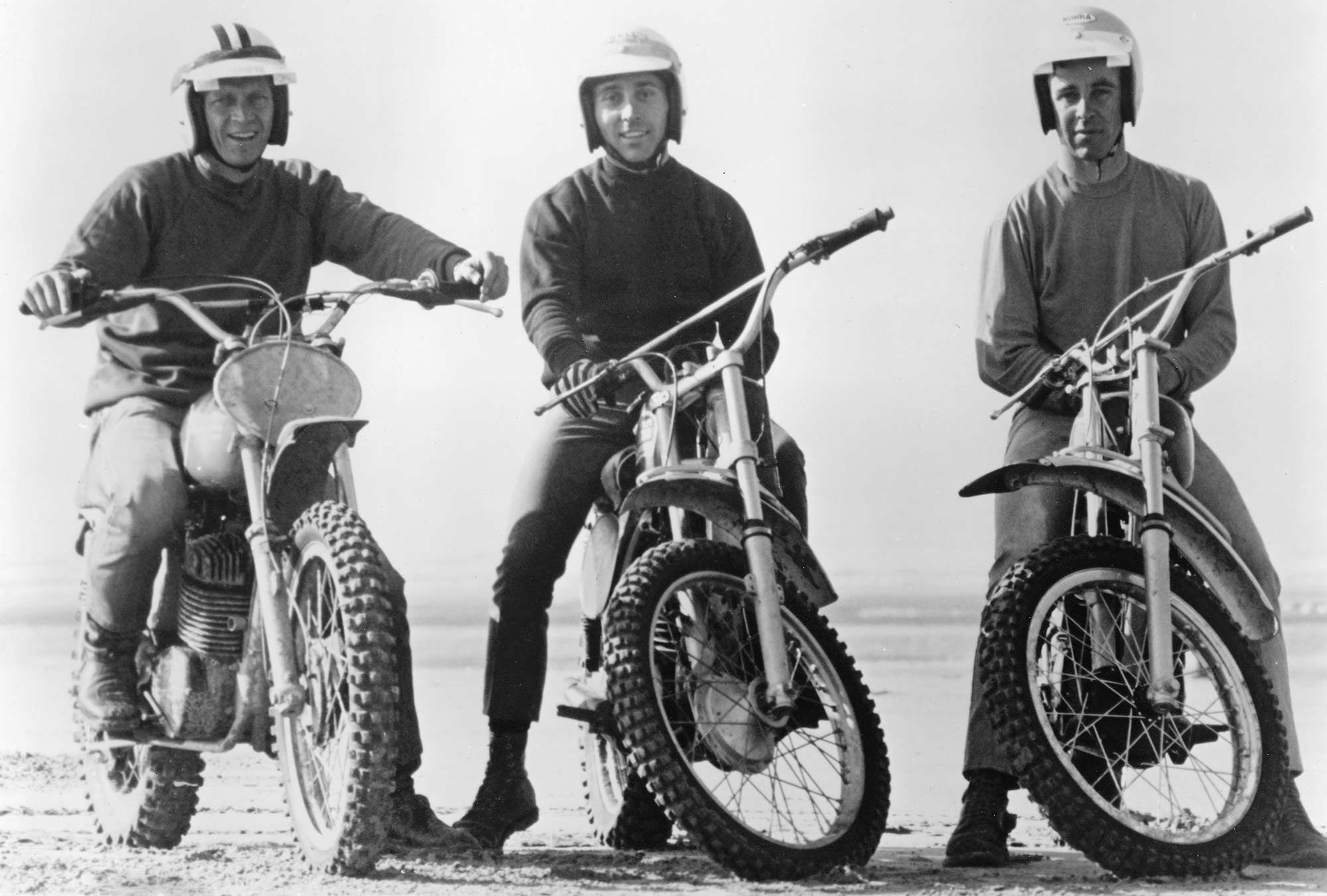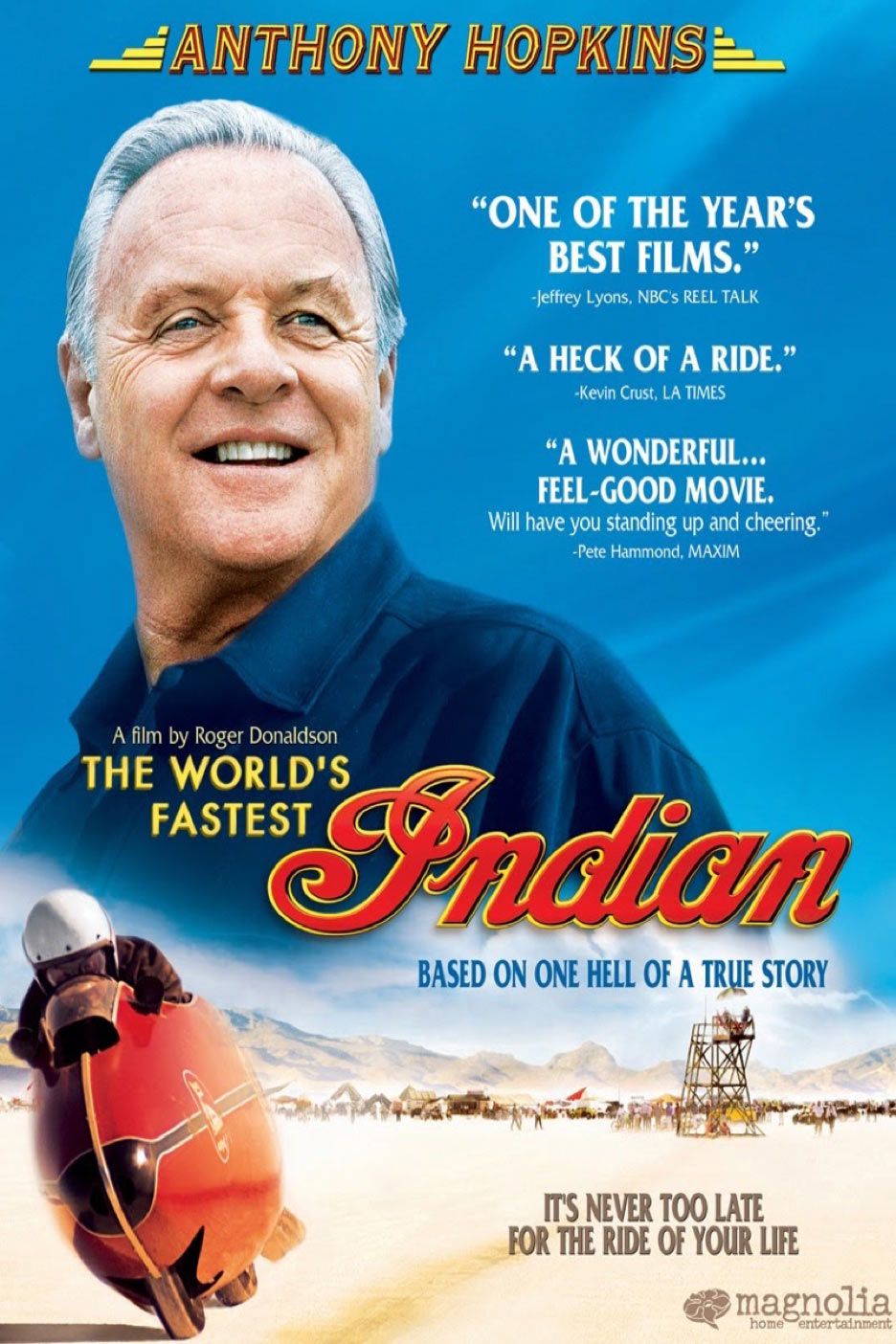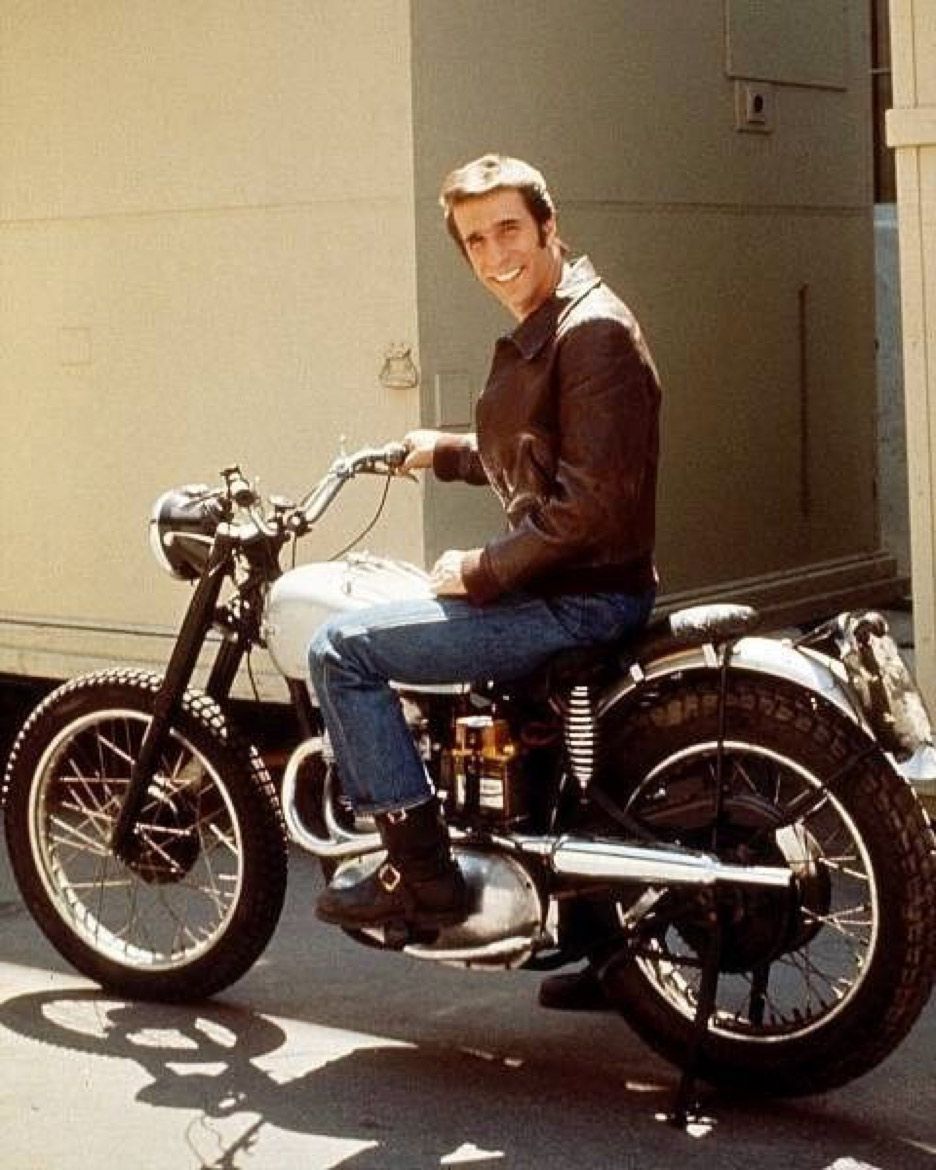
People have been creating top 10 lists for years proffering opinions as to what the best motorcycle movies of all time are. The internet has only further clouded the debate, having granted the hordes—well-informed and otherwise—a soapbox to sound off on the subject. Instead of a “best of” list to add to the morass, I thought it might be more illuminating to explore how the image of motorcycles has evolved over the years in tinsel town, focusing on a handful of Hollywood films that shaped perceptions.
Since the earliest days of motion pictures motorcycles have made appearances. Initially employed merely as props, presented as action devices or comic relief, motorcycles were always an easy add-on to stir up an audience. Plenty of black and white bank heist movies invoked the obligatory cops-on-bikes chase scene.
Related: Coronavirus Quarantine Tips—Watch These Motorcycle Films
Then, in 1953, Hollywood bankrolled a film that placed motorcycles front and center. The Wild One, starring Marlon Brando, blasted onto screens across the country and set the tone for the coming years of how motorcycles and the people who rode them would be regarded. The film was inspired by an article in Life magazine about bikers descending on a small town for a rally. The Hollywood wordsmiths embellished the story, turning it into a sensationalistic movie that had the bikers taking over the town and threatening the moral fabric of its well-heeled citizens. Despite Brando’s pouting good looks, what audiences took away was that motorcyclists were either trouble, or troubled. Teenagers loved it. Parents were alarmed. And Brando began his ascension to stardom. The film is significant in the annals of motorcycling in that it was the first mainstream, studio-backed movie that prominently featured motorcycles—albeit in a somewhat negative light. Motorcycles continued to make their cameos on-screen over the next decade, usually employed as a device to shore up a character’s persona or as a vehicle of danger and/or thrills.
The next significant milestone for motorcycles in the movies came a decade after The Wild One. In 1963, The Great Escape hit theaters. The motorcycle chase sequence of Steve McQueen evading the Nazis on a commandeered Triumph, bounding over the rolling, verdant hills of Germany, culminating with the famous breathtaking leap over the barbed wire border fence, had audiences riveted. (Author’s note: Although McQueen did a majority of the riding, as both himself as well as one of the pursuing Germans, it was Bud Ekins who actually did the jump.) There’s no way to quantify how many people that scene inspired to get on a motorcycle. I was one of them, the sequence instantly putting the motorcycle hook in 5-year-old me. Another was filmmaker Bruce Brown, who was in Japan to promote his surfing film Endless Summer. He went to see the movie and came away thinking, “That looks like fun!”

Although McQueen’s daring motorcycle-riding hero performance undid some of the residue negative stereotypes of The Wild One, the movie studios chose to bet on the more sinister aspects of motorcycles to ensure box office, spawning a rash of low-budget B-grade biker films throughout the ‘60s. The Wild Angels, The Born Losers, Hells Angels on Wheels, and The Glory Stompers, to name just a few, were predominantly of the thugs-on-choppers variety, with rudimentary storylines to justify a lot of boozed-induced rebel-rousing. Although crafted for sheer sensationalism, these exploitation films carried antiestablishment themes, inadvertently reflecting the air of rebellion that was sweeping America in response to the Vietnam War. When Peter Fonda’s character, Heavenly Blues in The Wild Angels, delivered the line, “We want to be free to ride our machines without being hassled by The Man,” he seemed to be speaking directly to the first generation of Americans who had become mistrustful of their government. In some circles these films were regarded as relevant social commentary—a viable argument for art imitating life, and vice versa.
This tumultuous decade came to an end with perhaps the most significant dramatic motorcycle movie yet. Easy Rider, a small, independent film opened to astonishing success. The film effectively rewrote the narrative of motorcycle movies by giving us two chopper-riding characters that defied convention: Peter Fonda as the reserved and quiet Captain America, and Dennis Hopper as the impetuous Billy—with a highly memorable cameo by Jack Nicholson. Ironically, these three actors had helped spearhead the exploitation biker movies several years earlier. Easy Rider (read the Captain America – Easy Rider Chopper Goes Up For Auction article) tapped into the disenchantment of an entire generation grappling with the upheaval of the previous decade, giving young audiences authentic and relatable characters. The theme of two men who go looking for an America that is no longer there, perfectly encapsulated the bewilderment permeating the ‘60s. In a radical departure from the shopworn themes of previous biker films, it’s not the unruly actions of the bikers that seal their fate. Rather, rednecks in the deep South unload twin shotgun barrels into the peaceful long-haired protagonists. The film was a box office smash, much to the surprise of studio executives who couldn’t understand why people were paying money to watch long montages of two guys riding choppers while acid rock and folk songs played on the soundtrack.
The success of Easy Rider helped legitimize motorcycles. This was reflected in the network series Then Came Bronson, a TV show about a disillusioned reporter who goes soul-searching on the Sportster left to him by his best friend after he jumps off the Golden Gate Bridge. The series enjoyed modest success in prime time, suggesting motorcycles were finally shedding the bad reputation. That same year, Little Fauss and Big Halsy, starring heartthrob Robert Redford as a freewheeling motorcycle racer brought megastar legitimacy to a motorcycle-themed movie—though it didn’t translate at the box office.
The next and most significant milestone in motorcycle movies was the groundbreaking documentary On Any Sunday. Released in 1971 it remains the high-water mark for motorcycle enthusiasts. Bruce Brown, having had a huge success with his surfing documentary, Endless Summer, and who was inspired to start riding after seeing McQueen’s leap in The Great Escape, was looking to make a new film. He decided to make a movie that presented motorcycles and the people who rode them through a very different lens, showcasing the world of racing and racers. The result was the holy grail of motorcycle documentaries. Again, studio executives were baffled as to why people were flocking to see 90 minutes of endless motorcycle footage. In a fitting serendipity, Brown made the film with Steve McQueen, who had inspired his indoctrination to motorcycles all those years earlier.
Documentaries notwithstanding, in the years since On Any Sunday, there have been only a handful of dramatic movies that employed motorcycles as an essential element. Electra Glide in Blue, about a disillusioned motorcycle cop who undergoes a fateful change of heart, provided a seamless, genuine bond between motorcycle and character. The beautiful and engaging The Motorcycle Diaries and the biographical The World’s Fastest Indian are two examples of films that integrated motorcycles as important dramatic elements, key to the main character’s path in life as opposed to just being add-ons.
Unfortunately there have been huge cinematic misfires (think Torque and Biker Boyz), which effectively took motorcycles back to the tired, overwrought theme of outlaw thuggery. Over the years motorcycles have received some quaint, yet barely audible lip service in films like Top Gun, The Matrix, No Time to Die, Mission Impossible, etc., all of which fell back on the motorcycle-as-action prop thinking of yesteryear—with increasingly escalating, unrealistic CGI stunts that have become embarrassingly cartoonistic, essentially overlooking the inherent excitement available to straight ahead riding at speed sans all the artificial fluff (i.e., think of the realism of the car chase in Bullitt versus the unrealistic stunts in the Fast and Furious franchise). On television, Sons of Anarchy managed to dust off and resuscitate the corpse of biker gang stereotypes to decent success, while at the movies, motorcycles were reduced to comic relief as a silly metaphor of escape by pathetic men suffering midlife crisis in Wild Hogs, the movie hardly warranting mention.

Through it all, motorcycles have maintained a kind of mystique among moviegoers. Although still representing danger and thrills, freedom and individualism, they have certainly seen an easing off of the negative stereotype, no longer arbitrarily associated with lawlessness. After all, Marcus Welby, M.D. had a motorcycle-riding doctor/son, making house calls on a Honda Scrambler. But when the Fonze rode into primetime on his Triumph on world I knew the revolution was over. Bikes had finally emerged from that cloud of misrepresentation set in motion by Marlon way back when.
Over the years there have been hundreds of films, documentaries, and TV shows featuring motorcycles, with but a handful that have captured any genuine sense of what motorcycles are all about. Eventually someone is going to make a dramatic film that effectively captures the essence of the bond between rider and motorcycle, weaving the magic that comes with being up on two wheels, untethered, into a compelling storyline with the motorcycle truly integrated as a genuine character, a vehicle for the main protagonist’s journey. Now that would truly be a wild one.
Source: MotorCyclistOnline.com
